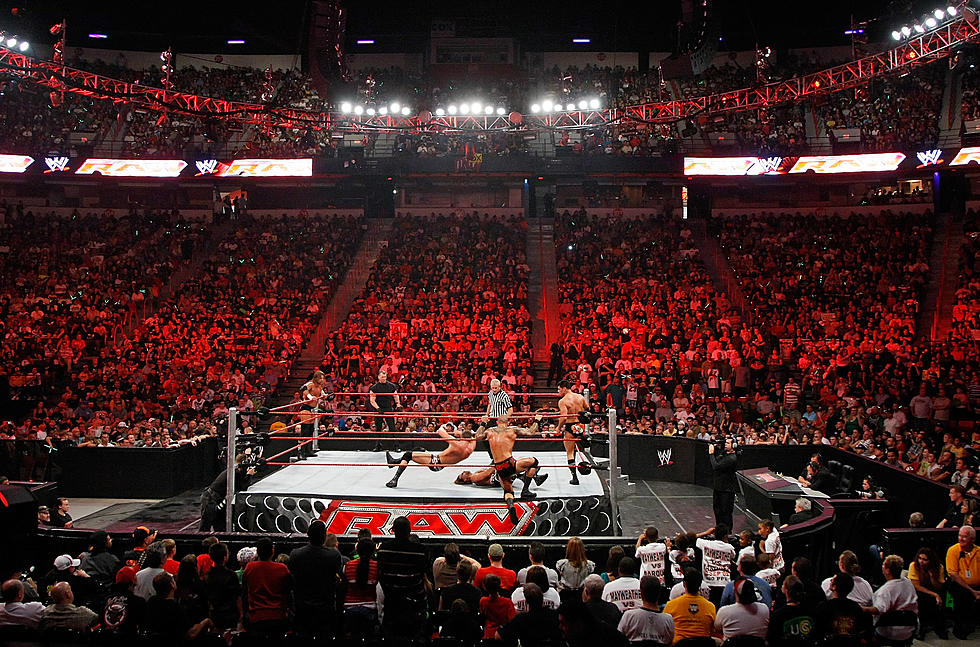
Recommended Thermostat Settings for 100-Degree Heat in Louisiana and Texas
As the sweltering summer heat takes hold across Louisiana and Texas, a familiar debate resurfaces, sparking strong reactions from residents and officials alike. With temperatures soaring to 100 degrees and beyond, a report from Gray News has sparked controversy and disagreement over the recommended thermostat settings provided by a prominent power company.
According to multiple outlets that shared the Gray News report, the industry standard suggests keeping thermostats set to 80 degrees when outdoor temperatures reach 100 degrees. This “20-degree rule” is based on the typical capacity of air conditioning units, which are generally designed to lower indoor temperatures by about 20 degrees from the outside temperature. The report emphasized that attempting to cool homes beyond this threshold could result in inefficient energy use and higher electricity bills.
“When it’s 100 degrees outside, most air conditioners can only bring the temperature down to around 80 degrees,” one expert explained, as reported by WBRC. “If you set your thermostat lower, your unit will continue to run, trying to reach an unattainable temperature, leading to wasted energy and increased costs.”
However, this advice has not been well-received by many residents in Louisiana and Texas, where the relentless summer heat is a yearly challenge. Most local social media platforms have been hemming and hawing with discontent as users express their frustration and skepticism.
Critics argue that the suggested 80-degree setting is simply too uncomfortable for daily living. “The heat is unbearable, and asking us to keep our homes at 80 degrees is unreasonable,” said one resident. Others have pointed out the disparity between residential recommendations and the cooler conditions often maintained in government offices, questioning the consistency of such guidelines.
Some residents even said they believe the focus should shift towards improving the infrastructure and capacity of power companies to meet the increasing demands of extreme weather conditions. “Instead of telling us to suffer in the heat, they should invest in upgrades to handle the demand,” commented another frustrated resident.
Despite the inevitable annual recurrence of this debate, many residents seem to prioritize personal comfort over the suggested energy-saving measures. As one Louisiana resident put it, “Every year this tip pops up, and every year, we laugh and lower our thermostats a few more degrees.”
In addition to the thermostat setting advice, the report recommends regular maintenance practices, such as frequently changing air filters, to ensure air conditioning units run efficiently. These steps can help manage energy consumption and potentially mitigate some of the increased costs associated with high summer temperatures.
As this classic summer debate continues, the balance between energy efficiency and personal comfort remains a hot topic, literally, as we navigate the peak of summer heatwaves in Louisiana and Texas.
LOOK: The most expensive weather and climate disasters in recent decades
Gallery Credit: KATELYN LEBOFF




